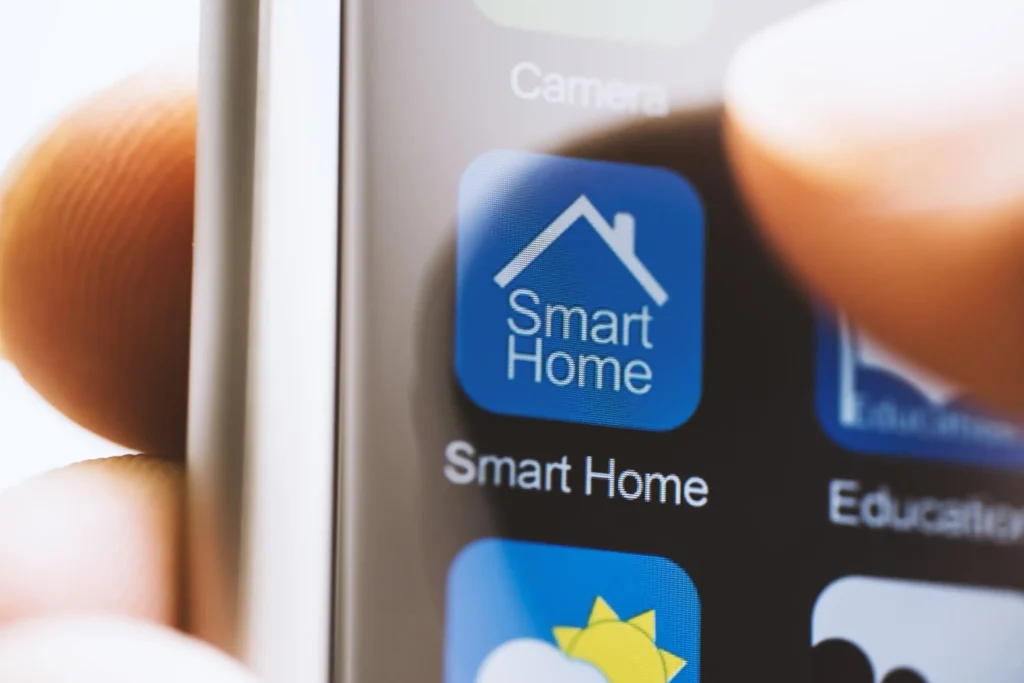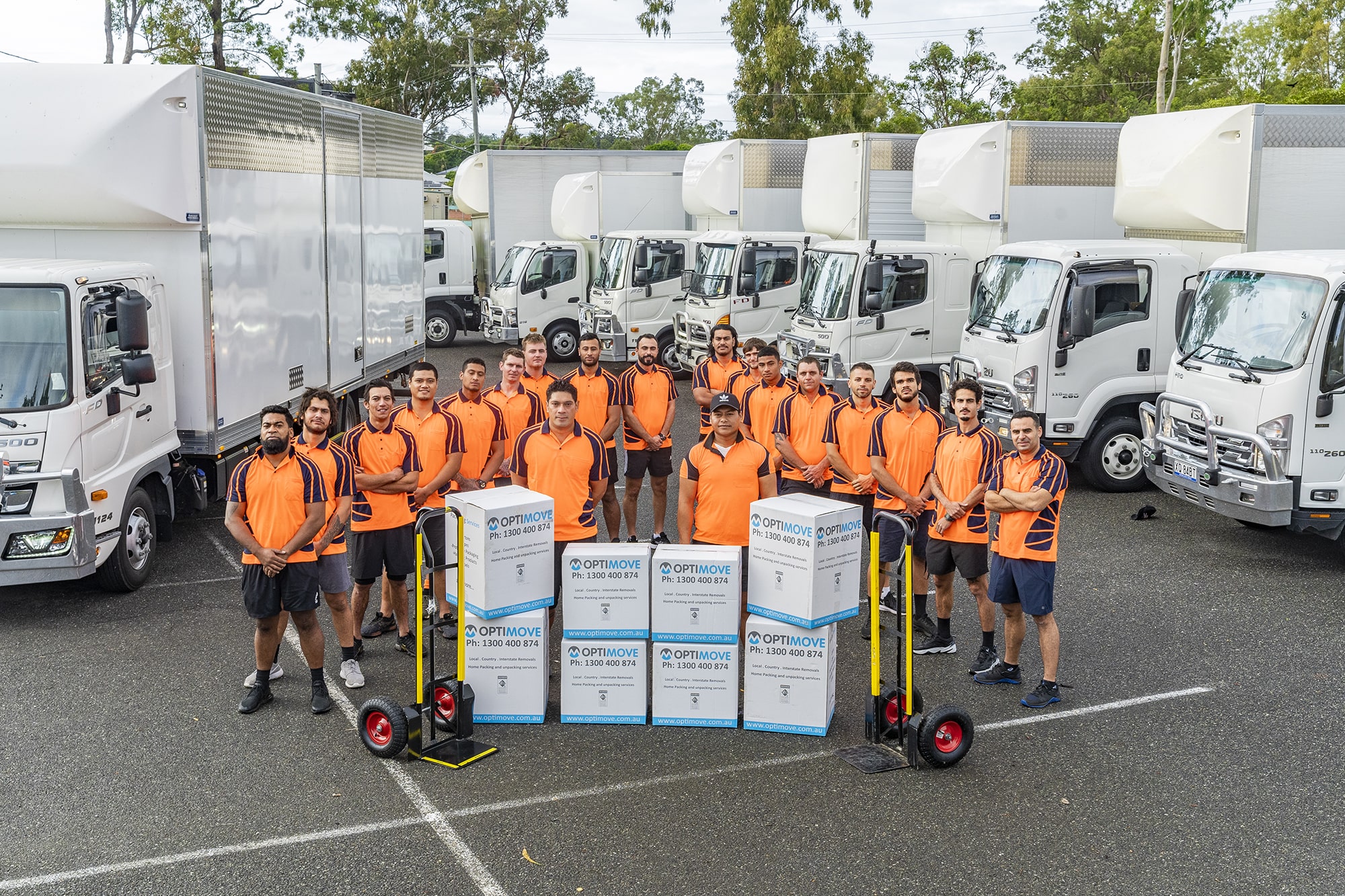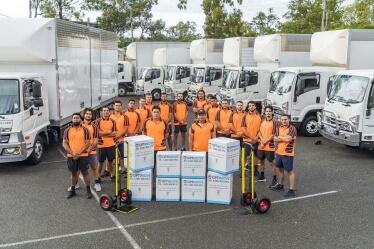Preparing to Move Into a Smart Home: What Adjustments You Need to Make
Comfort, control, and convenience are all enhanced in a smart home, making the transition exciting. A smart home tech has various systems and appliances that can be managed remotely via a smart device or by voice commands. Nevertheless, you’ll need to make a few adjustments to make the most of your new smart home. Here, we’ll discuss what you must do to get used to your new smart home.
Upgrade Your Smart Home Devices
One of the most significant adjustments you’ll need to make when moving into a smart home is upgrading your home’s network. To prepare for the increased traffic that smart homes and smart security systems will generate, check that your internet connection and network can handle it. Consider upgrading to a more robust internet plan and investing in a high-capacity router if you have a lot of smart devices.
If you want the best signal for all of your smart lights, smart tv, smart speakers, smart switches, smart fridges, and other devices with smart displays, it’s also important to put your router in a strategic area. A Wi-Fi extender or mesh network may be a good investment if your home is very large and your devices are controlled by a phone or smart assistant.
Secure Your Smart Home
Smart home security is an important issue to think about. The potential for a security breach grows in proportion to the number of devices that can access your network. You can protect your smart home in several different ways.
Firstly, ensure that your Wi-Fi network is secured with a strong password. Avoid using the default password that comes with your router and opt for a unique, complex password that’s difficult to guess. To further strengthen the safety of your smart devices, you can implement two-factor authentication.
You should also invest in a robust security system that includes security cameras, door and window sensors, and smart locks. A smart security system can help you monitor your home remotely, receive alerts if there’s any unusual activity, and take action in case of a breach in your home network.
Choose Your Smart Devices Wisely
It’s simple to go overboard with smart devices and buy everything available. But, not all smart devices are made equally, so you must make an informed purchase decision.
Before buying any high-tech gadgets, consider how you plan to use them. A smart thermostat that can set different temperatures in different rooms might be useful if, for example, you have a large family. A smart oven that you can operate from your phone is convenient if you like to cook a lot.
Compatibility between your gadgets is another factor to think about. Make sure everything in your smart home can talk to the central hub and to each other. Choose products with widespread smart home protocols like Z-Wave and Zigbee for maximum compatibility so you can fully utilise smart devices and control multiple devices via phone or voice commands inside your home network.
Invest in Smart Home Hubs
The “brains” of your smart home system are the hubs. They simplify home automation because you can manage everything from a single app with a smart assistant. Ensure the smart home hub you choose suits your gadgets and supports the necessary communication protocols.
Some popular smart home hubs include Amazon Echo, Google Home, and Samsung SmartThings. Each hub has pros and cons, so it’s essential to research before deciding on a compatible smart assistant for your home automation.
Prepare for the Learning Curve
Moving into a smart home is a significant adjustment, and there’s bound to be a learning curve involved with home automation. You’ll need to get familiar with the features of your smart devices, or smart speaker enabled device, learn how to automate your home and get used to using a single app to control everything.
Read the instructions for your gadgets like smart lock, smart speaker, smart plug, smart lighting, and more to get a head start on the learning curve. In addition, various resources, such as how-to instructions and video lessons, are available on the Internet on how to start using the app or smart assistant.
Most smart home products also have customer support that can assist with concerns such as how to activate temperature control smart lights and smart display.
Another way to ease the learning curve is to start small. Begin by automating simple tasks such as turning off lights or adjusting the thermostat. As you become more familiar with your devices, you can gradually add more automation to your home by using a Google assistant.
Consider the Cost
Moving into a smart home can be expensive, and it’s essential to consider the cost before making the transition. Smart devices can be more expensive than their traditional counterparts, and you’ll need to invest in a high-quality network and security system.
Additionally, smart home hubs and automation can come with monthly subscription fees. It’s essential to factor these costs into your budget when planning your smart home.
Think About the Future
When investing in smart devices, thinking about the future is essential. Smart home technology is constantly evolving, and investing in devices that can adapt and grow with your needs is essential.
Consider devices that support over-the-air updates, which can add new features and improve security. Additionally, opt for devices compatible with popular smart home protocols as they’re more likely to be compatible with future devices.
Start Small and Build Up with Smart Thermostats and more
Transitioning to a smart home doesn’t need to be an all-or-nothing process. Start with simple tasks such as automating lights and installing smart thermostats, and gradually build up your system. This way, you can get comfortable with how things work before investing more money into the transition to smart home devices.
Finally, safety must be noticed. Protect your home from online intruders by investing in a safe network and installing appropriate security features. It’s the only way to fully use your smart home’s capabilities without endangering your family.
Conclusion
Although upgrading to a smart home has perks, doing so also presents obstacles. Doing your homework before investing in technology and automation will help ensure a smooth and safe procedure. Using a secure network, beginning with simple activities and eventually adding more complexity in terms of other smart devices, can improve your chances of success. You can create safe and practical smart homes by following these rules.
Get ready to move into a smart home with the help of Optimove, our experienced packers and removalists. To guarantee your belongings’ safety and prompt arrival, we supply you with high-quality packaging materials and a skilled crew to handle smart home gadgets and more. Contact us right away for a free evaluation and quote!








































